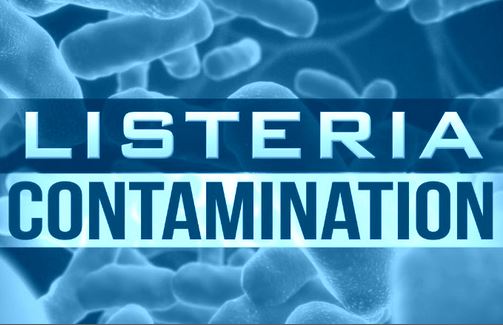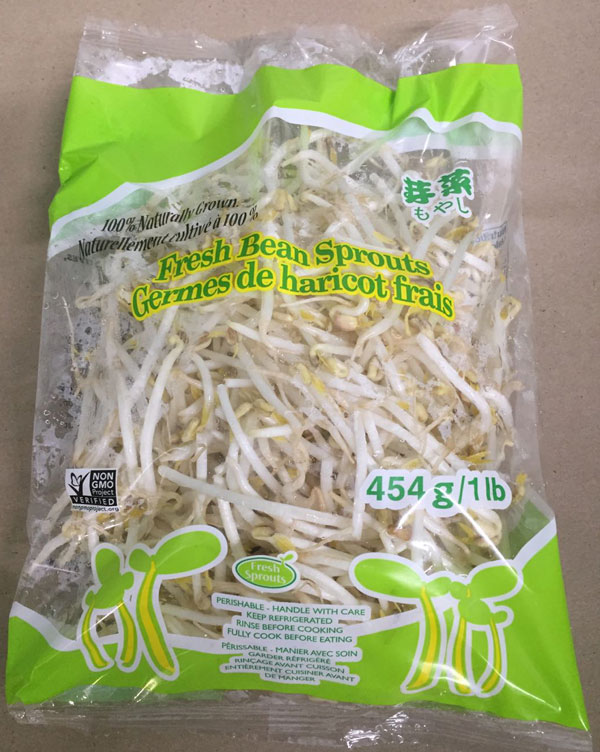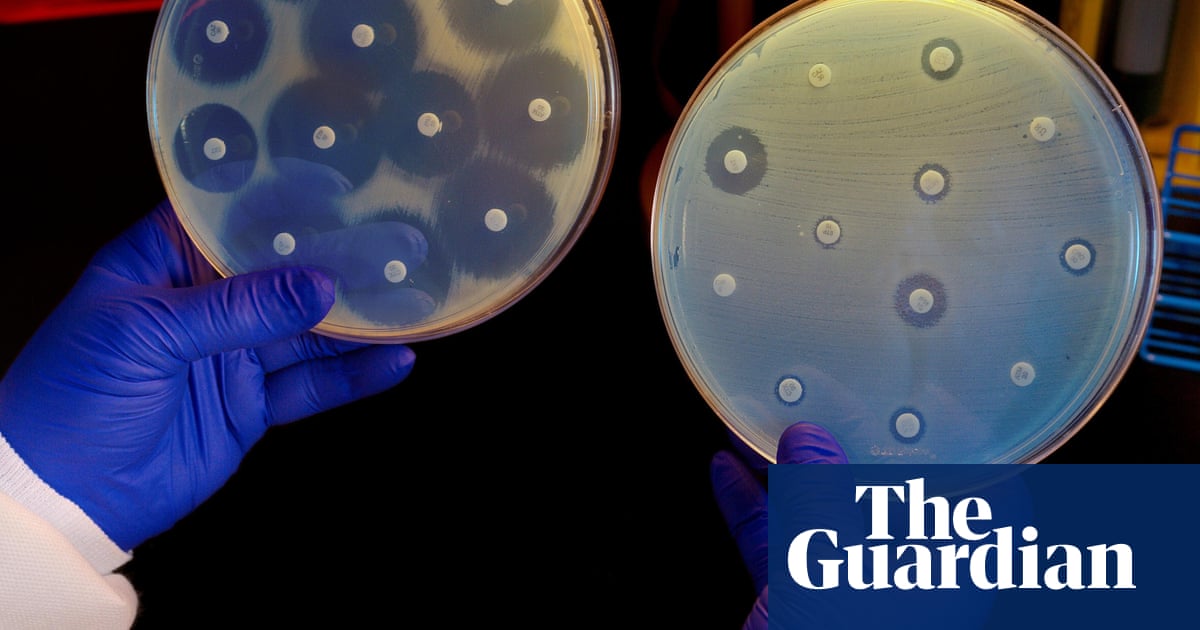A study in the J. Food Protection (January 2020) from the University of Georgia surveyed frozen food manufacturing facilities on their practices of monitoring the environment for Listeria and Listeria monocytogenes. Food processors face serious challenges to eliminate Listeria monocytogenes contamination from their environment. A survey tool was created to obtain information on environmental monitoring programs within the frozen food industry. The survey showed that facilities are more likely to test for Listeria spp. in environmental monitoring zones 2 to 4 (nonfood contact areas) with emphasis on floors, walls, and drains. A few facilities incorporated active raw material and finished product testing for Listeria. The researchers concluded that the industry recognizes that environmental monitoring is a key component of a comprehensive food safety plan. @ https://meridian.allenpress.com/jfp/article-abstract/83/1/172/425639/Evaluating-Environmental-Monitoring-Protocols-for?redirectedFrom=fulltext
Dan-W
ruth
Fresh Sprout International recalled Fresh Sprouts brand Fresh Bean Sprouts from the marketplace due to possible Salmonella contamination. This recall was triggered by test results. The Canadian Food Inspection Agency (CFIA) is conducting a food safety investigation, which may lead to the recall of other products. There have been no reported illnesses associated with the consumption of this product. @ https://inspection.gc.ca/food-recall-warnings-and-allergy-alerts/2020-02-21/eng/1582331627441/1582331632510?utm_source=r_listserv
Fresh Sprout International is recalling Fresh Sprouts brand Fresh Bean Sprouts from the marketplace due to possible Salmonella contamination.
ruth
A new paper published February 19, 2020, in the open-access journal PLOS ONE (“Genomic and phenotypic characterization of Burkholderia isolates from the potable water system of the International Space Station” 19 February 2020), reports that the water dispenser aboard the International Space Station (ISS) in 2009, periodic sampling showed that two bacteria, Burkholderia cepacia and, Burkholderia contaminans were contaminating the drinking water. Burkholderia species can cause opportunistic lung infections in people with underlying health conditions and are very difficult to kill using common sterilization techniques. The bacteria have persisted in the water dispenser despite periodic flushing with an extra-strength iodine cleaning solution. All of the B. cepacia and B. contaminans strains were highly similar and likely descended from original populations of these two bacteria that were present in the water dispenser when it left Earth. @ https://scitechdaily.com/researchers-analyze-nasty-species-of-bacteria-that-has-colonized-space-stations-water-dispenser/
Bacteria on the International Space Station no more dangerous than earthbound strains. Two particularly tenacious species of bacteria have colonized the potable water dispenser aboard the International Space Station (ISS), but a new study suggests that they are no more dangerous than closely rela
ruth
New antibiotics that the researchers named “Halicin” have been discovered by a team from MIT capable of killing some of the most dangerous drug-resistant bacteria in the world. The drug works differently than existing antibiotics and is the first of its kind to be found using artificial Intelligence (AI), by utilizing vast digital libraries of pharmaceutical compounds. The drug was effective against Acinetobacter baumannii and Enterobacteriaceae, two of the three high-priority pathogens that the World Health Organization. James Collins, a bioengineer on the team, said that it is one of the most powerful antibiotics discovered. After teaching the algorithm what molecular features made for good antibiotics, the scientists set it working on a library of more than 6,000 compounds under investigation. Rather than looking for any potential antimicrobials, the algorithm focused on compounds that looked effective but unlike existing antibiotics. This boosted the chances that the drugs would work in radical new ways that bugs had yet to develop resistance to. Tests on bacteria collected from patients showed that Halicin killed Mycobacterium tuberculosis, and strains of Enterobacteriaceae that are resistant to carbapenems. Halicin also cleared C. difficile and multidrug-resistant Acinetobacter baumannii infections in mice. More ambitiously, the scientists aim to use the algorithm to design potent new antibiotics from scratch. @ https://www.theguardian.com/society/2020/feb/20/antibiotic-that-kills-drug-resistant-bacteria-discovered-through-ai
Team at MIT says halicin kills some of the world’s most dangerous strains




